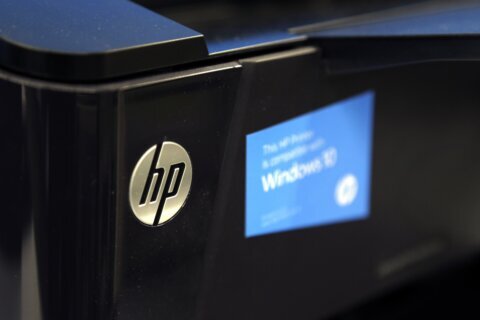Q: Are the smartphone-based payment systems safe to use?
The holiday season means more items being purchased both online and offline, and how you pay for those items isn’t as simple as it used to be.
Credit cards are still the safest way to make purchases, especially online, because they provide the best protection and don’t impact your checking account balance like a debit card can if it’s compromised.
The downside to using the same credit card everywhere is that it increases the chances of it being compromised and used for fraudulent transactions, which can be a huge hassle this time of year.
Protecting your credit card number
Preventing merchants from actually knowing what your credit card number is through a tokenized purchase system virtually eliminates the possibility of the card getting compromised.
Smartphone-based payment systems use tokens with one-time use passwords that are passed to the merchant’s processing system instead of your actual card number.
The two most popular platforms for general retail are Apple Pay — which only works on iOS devices — and Google Pay, which works on Android and iOS devices.
With both, you set them up by “tokenizing” your actual credit card number on their platforms so they can act as an intermediary between the merchant and your credit card company when you use them.
Safer at the gas pump
One of the most valuable uses of these tokenized payment systems is at the gas pump since so many of them still use traditional magnetic card swipe readers, which makes card skimming much easier.
Gas stations have been given a much longer period to comply with the new chipped EMV standard because of the equipment costs associated with making the switch. Even though the current deadline for compliance is April 2021, don’t expect all gas stations to have chip readers by then.
If you look closely at most gas pumps, you should see the symbol for wireless payments somewhere near where you would normally swipe your card.
NFC
Smartphone-based payment systems typically use a wireless technology known as Near Field Communication (NFC) to execute the transaction, so you’ll need to make sure your device has it.
Apple started including NFC back with the iPhone 6, while Google has included it on all their Pixel phones, and Samsung has including it in its phones since 2015.
If you’re not sure if your smartphone has NFC, a comprehensive list of devices can be found at NFCW.com.
Better security
All of the payment systems require some form of validation, such as a PIN, facial/fingerprint recognition or a passcode, in order to complete a transaction, making it safer than most credit cards.
If you lose your wallet, all of the credit cards inside can be used immediately and requires you to call each card issuer to get all your cards turned off and replaced.
If you lose your smartphone, whoever finds it will need to figure out your access code as well as guess your payment system PIN in order to make a purchase.
You can also remotely lock and track the location of your smartphone and instantly disable the payment system from any computer in the world.
Ken Colburn is founder and CEO of Data Doctors Computer Services. Ask any tech question on Facebook or Twitter.







